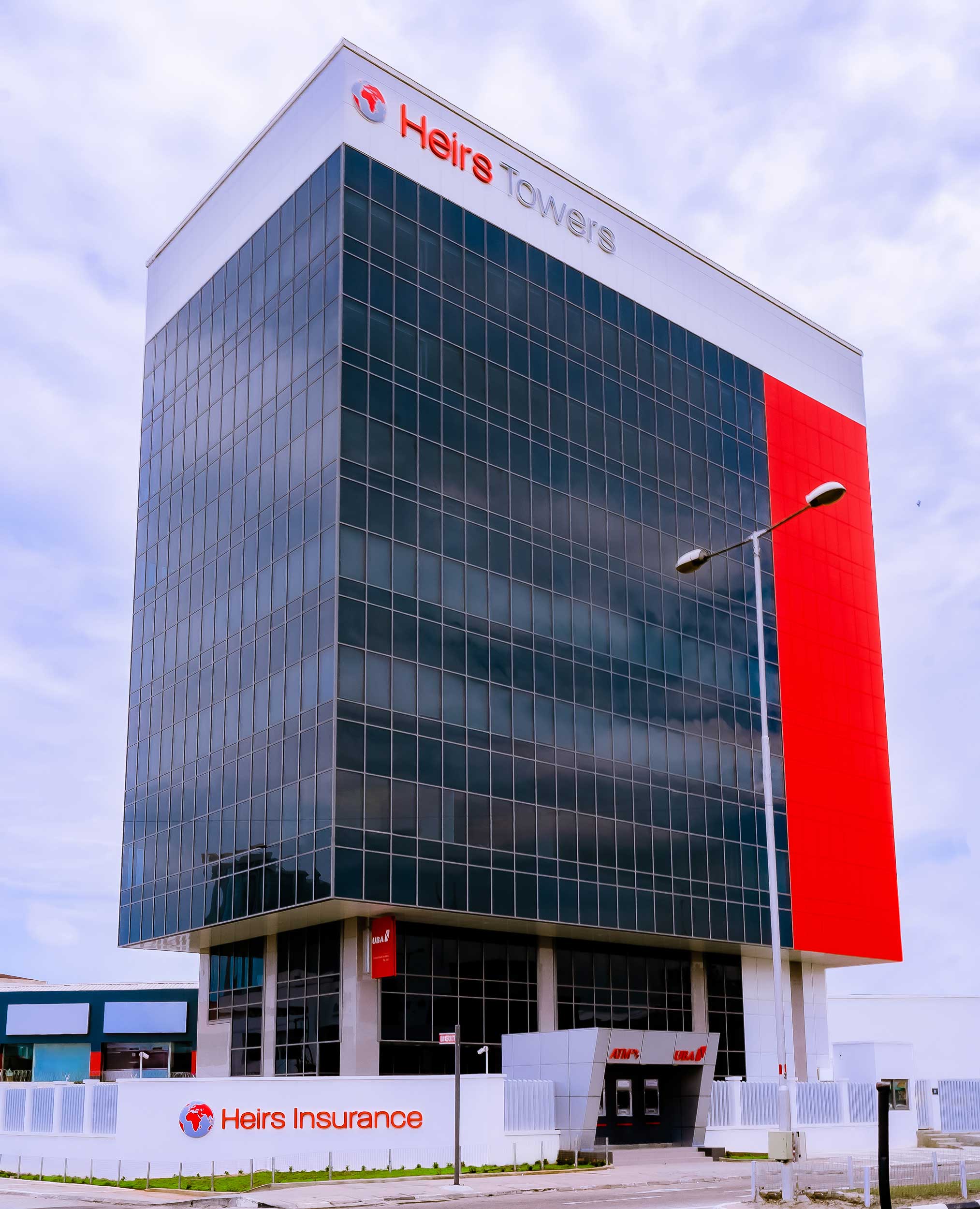Chevron Corporation today reported earnings of $3.7 billion ($1.95 per share – diluted) for fourth quarter 2018, compared with $3.1 billion ($1.64 per share – diluted) in the fourth quarter of 2017, which included $2.02 billion in tax benefits related to U.S. tax reform. Included in the current quarter was an asset write-off totaling $270 million. Foreign currency effects increased earnings in the 2018 fourth quarter by $268 million.
Full-year 2018 earnings were $14.8 billion ($7.74 per share – diluted), compared with $9.2 billion ($4.85 per share – diluted) in 2017. Included in 2018 were impairments and other charges of $1.59 billion and a gain on an asset sale of $350 million. Foreign currency effects increased earnings in 2018 by $611 million.
Sales and other operating revenues in fourth quarter 2018 were $40 billion, compared to $36 billion in the year-ago period.
“Financial and operational results were strong in 2018,” said Michael K. Wirth, Chevron’s chairman of the board and chief executive officer. “Earnings and cash flow continued to grow, and we delivered on all of our financial priorities. We increased the dividend, funded an attractive capital program, strengthened the balance sheet and returned surplus cash to our shareholders. During the second half of the year we repurchased $1.75 billion of the company’s stock, and earlier this week we announced a quarterly dividend increase of $0.07 per share.”
“We reached significant milestones with upstream major capital projects in 2018, including the start-up of Wheatstone Train Two, our fifth operated LNG train in Australia,” Wirth added. “We also continued the ramp-up of the Permian Basinin Texas and New Mexico, started production from the Big Foot Project in the Gulf of Mexico, and continued to progress our Future Growth Project at the company’s 50 percent-owned affiliate, Tengizchevroil, in Kazakhstan.”
“Our net oil-equivalent production grew more than 7 percent in 2018 to a record 2.93 million barrels per day. We expect that 2019 production will continue to grow by 4 to 7 percent, excluding the impact of asset sales,” Wirth commented.
The company added approximately 1.46 billion barrels of net oil-equivalent proved reserves in 2018. These additions, which are subject to final reviews, equate to approximately 136 percent of net oil-equivalent production for the year. The largest additions were from the Permian Basin in the United States and the LNG projects in Australia. The company will provide additional details relating to 2018 reserve additions in its Annual Report on Form 10-K scheduled for filing with the SEC on February 22, 2019.
“Downstream project milestones included the start-up of a new hydrogen train at the Richmond Refinery, as well as the start-up and quick ramp-up of the ethane cracker at the Chevron Phillips’ Cedar Bayou plant,” Wirth added. “We also expanded our new retail marketing network in Mexico to over 100 service stations.”
In late January, the company announced that it has signed an agreement to acquire a 110,000 barrels per day refinery located in Pasadena, Texas.
At year-end, balances of cash, cash equivalents, time deposits and marketable securities totaled $10.3 billion, an increase of $5.5 billion from the end of 2017. Total debt at December 31, 2018 stood at $34.5 billion, a decrease of $4.3 billion from a year earlier.
UPSTREAM
Worldwide net oil-equivalent production was 3.08 million barrels per day in fourth quarter 2018, compared with 2.74 million barrels per day from a year ago. Net oil-equivalent production for the full year 2018 was 2.93 million barrels per day, compared with 2.73 million barrels per day from the prior year.
U.S. upstream operations earned $964 million in fourth quarter 2018, compared with $3.69 billion a year earlier. The decrease was primarily due to the absence of the prior year benefit of $3.33 billion from U.S. tax reform, partially offset by higher crude oil production and realizations.
The company’s average sales price per barrel of crude oil and natural gas liquids was $56 in fourth quarter 2018, up from $50 a year earlier. The average sales price of natural gas was $2.01 per thousand cubic feet in fourth quarter 2018, up from $1.86 in last year’s fourth quarter.
Net oil-equivalent production of 858,000 barrels per day in fourth quarter 2018 was up 187,000 barrels per day from a year earlier. Production increases from shale and tight properties in the Permian Basin in Texas and New Mexico and base business in the Gulf of Mexico were partially offset by normal field declines and the impact of asset sales of 17,000 barrels per day. The net liquids component of oil-equivalent production in fourth quarter 2018 increased 30 percent to 674,000 barrels per day, while net natural gas production increased 20 percent to 1.10 billion cubic feet per day.
International upstream operations earned $2.33 billion in fourth quarter 2018, compared with $1.60 billion a year ago. The increase in earnings was mainly due to higher natural gas sales volumes and prices partially offset by higher depreciation expenses from higher production volumes and an asset write-off.
Foreign currency effects had a favorable impact on earnings of $264 million between periods.
The average sales price for crude oil and natural gas liquids in fourth quarter 2018 was $59 per barrel, up from $57 a year earlier. The average sales price of natural gas was $6.81 per thousand cubic feet in the quarter, compared with $4.93 in last year’s fourth quarter.
Net oil-equivalent production of 2.23 million barrels per day in fourth quarter 2018 was up 156,000 barrels per day from a year earlier. Production increases from major capital projects, primarily Wheatstone and Gorgon in Australia, were partially offset by normal field declines and production entitlement effects. The net liquids component of oil-equivalent production decreased 1 percent to 1.19 million barrels per day in the 2018 fourth quarter, while net natural gas production increased 19 percent to 6.23 billion cubic feet per day.
DOWNSTREAM
U.S. downstream operations earned $256 million in fourth quarter 2018, compared with earnings of $1.20 billion a year earlier. The decrease was primarily due to the absence of the prior year benefit of $1.16 billion from U.S. tax reform and higher operating expenses, partially offset by higher margins on refined product sales.
Refinery crude oil input in fourth quarter 2018 increased 10 percent to 918,000 barrels per day from the year-ago period, primarily due to the absence of turnarounds at the El Segundo, California refinery and the absence of impacts from Hurricane Nate at the Pascagoula, Mississippi refinery. Refined product sales of 1.21 million barrels per day were up 3 percent from fourth quarter 2017.
International downstream operations earned $603 million in fourth quarter 2018, compared with $84 million a year earlier. The increase in earnings was largely due to higher margins on refined product sales. Foreign currency effects had a favorable impact on earnings of $85 million between periods.
Refinery crude oil input of 665,000 barrels per day in fourth quarter 2018 decreased 96,000 barrels per day from the year-ago period, mainly due to the sale of the company’s interest in the Cape Town Refinery in third quarter 2018 and crude unit maintenance at the Singapore Refining Company.
Total refined product sales of 1.40 million barrels per day in fourth quarter 2018 were down 8 percent from the year-ago period, primarily due to the sale of the southern Africarefining and marketing business in third quarter 2018.
All Other consists of worldwide cash management and debt financing activities, corporate administrative functions, insurance operations, real estate activities and technology companies.
Net charges in fourth quarter 2018 were $419 million, compared with $3.46 billion in the year-ago period. The change between periods was mainly due to the absence of a prior year tax charge of $2.47 billion related to U.S. tax reform and the absence of a reclamation related charge for a former mining asset. Foreign currency effects had a favorable impact on earnings of $15 million between periods.
CASH FLOW FROM OPERATIONS
Cash flow from operations in 2018 was $30.6 billion, compared with $20.3 billion in 2017. Excluding working capital effects, cash flow from operations in 2018 was $31.3 billion, compared with $19.8 billion in 2017 period. The 2017 results were retrospectively adjusted to conform to new accounting standards that became effective for the company in first quarter 2018.
CAPITAL AND EXPLORATORY EXPENDITURES
Capital and exploratory expenditures in 2018 were $20.1 billion, compared with $18.8 billion in 2017. The amounts included $5.7 billion in 2018 and $4.7 billion in 2017 for the company’s share of expenditures by affiliates, which did not require cash outlays by the company. Expenditures for upstream represented 88 percent of the companywide total in 2018.













